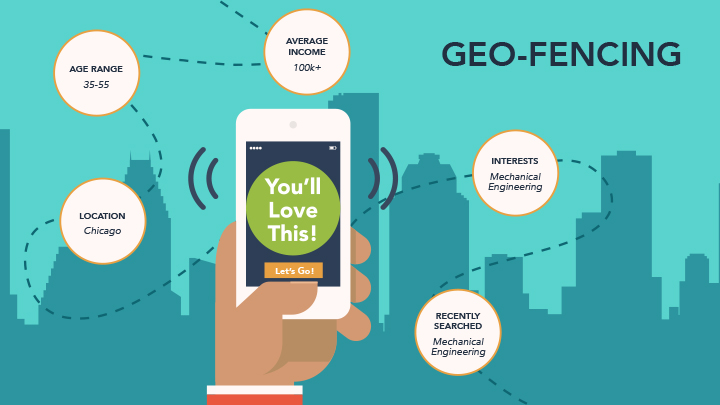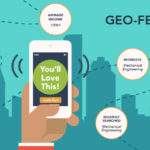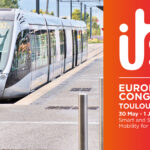In today’s digitally connected world, event organizers are constantly looking for innovative ways to enhance attendee experiences and boost the success of their events. One such technology that has gained significant popularity is geofencing. Geofencing can be a game-changer when it comes to organizing and promoting events, offering a wide range of benefits and opportunities. In this article, we will explore how geofencing can help bring success to your event by leveraging the power of location-based marketing and personalized experiences.
Introduction to geofencing
Geofencing is a location-based technology that allows event organizers to define virtual boundaries or “geofences” around a specific area. These geofences can be customized to include a specific venue, event area, or even a broader region. Once the geofence is established, it triggers certain actions when a user enters or exits the defined area. This technology relies on GPS, cellular data, Wi-Fi, or Bluetooth to detect the user’s location and deliver targeted messages or actions.
What is geofencing?
Geofencing is the practice of creating a virtual perimeter around a real-world geographic area. This virtual perimeter can be customized to any shape or size, enabling event organizers to precisely target their audience based on their location. Geofences can be set up using various technologies, including GPS coordinates, RFID tags, or beacons. When a user’s device enters or exits the defined geofence, predefined actions such as push notifications, SMS alerts, or personalized content can be triggered.
How does geofencing work?
Geofencing relies on a combination of hardware, software, and location-based services to function effectively. Here’s a simplified overview of how geofencing works:
Defining the geofence boundaries: Event organizers use geofencing tools or platforms to specify the boundaries of the virtual perimeter. This can be done by marking the area on a map or by inputting specific GPS coordinates.
Collecting attendee data: To leverage geofencing for events, organizers need to collect attendee data such as contact information, device IDs, and opt-in permissions. This data allows them to deliver personalized messages and experiences.
Designing geofencing campaigns: Once the geofence is established, event organizers can create targeted campaigns tailored to specific locations and audiences. These campaigns can include notifications, special offers, event updates, or interactive experiences.
Triggering actions: When a user’s device enters or exits the geofence, the geofencing software detects the location change and triggers predefined actions. These actions can be anything from sending push notifications to displaying location-specific content on event apps or screens.
Benefits of using geofencing for events

Implementing geofencing for events can bring numerous benefits to both event organizers and attendees. Let’s explore some of the key advantages:
Targeted advertising
Geofencing allows event organizers to deliver highly targeted advertising to attendees within the defined geofence. By knowing the attendees’ location, organizers can tailor their promotional messages based on their proximity to specific areas or venues. This targeted approach increases the relevancy of the advertisements, maximizing the chances of attracting attendees to various event offerings.
Enhanced attendee engagement
Geofencing provides a unique opportunity to engage attendees in a more personalized and interactive way. Event organizers can send push notifications with real-time updates, personalized recommendations, or exclusive content when attendees are within the geofence. This not only keeps attendees informed but also increases their engagement and satisfaction, making the event experience more memorable.
Improved event security
Geofencing can also play a crucial role in event security. Organizers can set up geofences to control access to restricted areas or send security alerts when attendees enter unauthorized zones. In case of emergencies, geofencing can help track the location of attendees and provide critical information to emergency responders, ensuring their safety.
Personalized attendee experiences
One of the greatest advantages of geofencing is the ability to deliver personalized experiences to event attendees. By leveraging location data, event organizers can provide targeted recommendations, customized schedules, or exclusive offers based on attendees’ interests and preferences. This level of personalization creates a more engaging and memorable event experience for each attendee.
Implementing geofencing for events

Implementing geofencing for events requires careful planning and execution. Here are the key steps involved:
Defining the geofence boundaries: Event organizers need to determine the boundaries of the geofence, whether it’s around the entire event venue or specific areas within it. The size and shape of the geofence will depend on the event’s objectives and the desired level of targeting.
Collecting attendee data: To leverage geofencing effectively, organizers need to collect attendee data, including contact information and device IDs. It’s essential to obtain proper consent from attendees and ensure compliance with privacy regulations. This data will enable organizers to deliver personalized messages and experiences to attendees.
Designing geofencing campaigns: Once the geofence is established and attendee data is collected, organizers can design targeted campaigns. These campaigns can include various actions such as push notifications, SMS alerts, or in-app messages. The content of these messages should be relevant, engaging, and provide value to the attendees.
Testing and optimizing: Before the event, it’s crucial to test the geofencing system and campaigns to ensure they work as intended. Testing helps identify any potential issues and allows organizers to optimize their campaigns for maximum effectiveness. It’s also essential to monitor the system during the event and make adjustments if needed.











